What's the meaning of the Boar »
Boar
This page is about the meaning, origin and characteristic of the symbol, emblem, seal, sign, logo or flag: Boar.

When it comes to symbolic meaning, the boar can be distinctly different from the “pig”, so this article will only address the former. While there are some general connotations to the boar that are fairly easy to understand, there are also innumerable cultural associations that follow in the tracks of this animal, wherever it happens to reside.
Geographically, the boar is a very wide ranging animal, and cultures from around the world have all assigned it some form of symbolic meaning. Before discussing those meanings, however, there are some basic connotations that should be mentioned.
The boar is famous for its aggressive personality, and the creature’s tusks are a formidable weapon against both predators and any unlucky humans that may wander into its territory. For these reasons, the boar is a widely accepted symbol of courage, ferocity, strength and power. A number of religious and mythological traditions feature individual boars (sometimes named) that embody these qualities on a massive scale. Typically, these “über” boars are closely associated with a particular deity or mythological story/event:
DISCLAIMER: THIS LIST OF SPECIFIC CULTURAL EXAMPLES IS LIMITED AND SELECTIVE.
ASIA: In China, the boar is a symbol of strength and virility, as well as the 12th animal in the cycle of the zodiac. People born in the year of the boar are said to have passionate natures and to be very courageous, honest and loyal. One of the boar’s most famous habits is using its snout to root around in the ground for food, and in India, this rather simple phenomenon is connected to a powerful story. A boar called Varaha is one of the avatars- the earthly forms/incarnations- of the god Vishnu, and this creature plays an important role in the story of creation: Varaha descends beneath the primordial waters of the world and, using its tusks, hooks the landmass of the Earth and flings it out of the water into its current position on the surface.
CELTS: As a warrior people, the Celts revered the boar above all other animals. The connection here is fairly straightforward- a warrior culture valuing a creature famous for its aggression and fierce temperament. However, Celtic veneration of the boar goes far beyond this simple association. In Celtic society, roasted boar was a popular item at great feasts, and the best quality meat from these boars- known as the “hero’s portion” or “champion’s portion”- was traditionally served to the bravest and strongest warrior. Unfortunately, just as in modern times, arguments can plague the dinner table, and certain accounts testify that if another warrior felt he was more worthy to receive the hero’s portion, a full-fledged brawl would break out over the meat. In fact, such an instance is the centerpiece of the Fled Bricrenn (meaning “Feast of Bricriu”), a story that forms part of a famous series of Irish myths known as the Ulster Cycle. In other Celtic stories, the boar is also associated with warriors, but more often as the warriors' prey. One such example is the tale of Twrch Trwyth, the boar who was hunted by King Arthur’s nephew Culhwch.
Even without these symbolic associations, the archaeological record speaks volumes to the boar’s importance within Celtic culture; images of the animal have been discovered on helmets and other war gear excavated from sites throughout the Celtic world. Additionally, a number of standing stones and other monoliths erected by the Celts have been found carved with boar imagery, a further testament to the animal's importance.
GREECE: In Greek mythology, the boar is often seen as a hunting prize for courageous heroes. Two major examples are the Erymanthean boar, who was captured by Heracles (Hercules to the Romans) as one of his famous twelve labors, and the Calydonian boar, sent by Artemis to ravage the city of Calydon and whom many heroes were gathered to hunt and kill. The boar is also associated in Greek mythology with the story of Adonis, the beautiful youth (and lover of Aphrodite) who was slain by one while out on a hunt. Although the origins of Adonis’ story are murky- it is believed he first began as a deity in the Near East- and there are multiple versions of his parentage, the boar remains a constant figure in the myth.
NORTHERN EUROPE: among the peoples of Scandinavia, as well as culturally related groups such as the Anglo-Saxons, the boar carried much the same meaning as it did for their Celtic cousins; a strong association with warriors. In Norse mythology, for example, a boar called Saerhimnir is perpetually sacrificed, cooked, reborn and sacrificed again to provide food for the slain warriors who dwell in the hall of Valhalla. Among the Anglo-Saxons, the boar was a symbol of protection and kingship, and images of the animal have also been found on war gear excavated from archeological sites. Both the Norse and the Saxons also had a tradition of sacrificing a boar to the gods during Yuletide (i.e. the shortest day of the year) and then feasting on the animal itself.
Since boars are creatures with a strong physical connection to the earth, they can also be considered symbols of fertility. In this context, they are associated with the Norse god Freyr (also spelled “Frey”), who rides atop a boar called Gullinbursti (also spelled “Gullinborsti”). Translated, this name means “the one with the golden bristles”, which some have interpreted as being related to the sun and solar symbolism as well.
- 5,267 Views
Graphical characteristics:
Asymmetric, Open shape, Monochrome, Contains curved lines, Has no crossing lines.
Categories: Animal Symbolism, Celtic Symbols, Chinese Symbols, Religious Symbols.
Boar is part of the Hindu Symbols, Paganism groups.
More symbols in Hindu Symbols:
More symbols in Paganism:
Contemporary Paganism, Modern Paganism, or Neopaganism, is an umbrella term referring to a variety of contemporary religious movements, particularly those influenced by or claiming to be derived from… read more »
More symbols in Chinese Symbols:
China is one of the world's oldest and most long-lived cultures, with human settlement dating back to the Neolithic Era. Covering a vast region of eastern Asia, its many customs and traditions can va… read more »
More symbols in Animal Symbolism:
More symbols in Celtic Symbols:
The Celts (usually pronounced pron.: /ˈkɛlts/ but sometimes /ˈsɛlts/, see pronunciation of Celtic) or Kelts were an ethno-linguistic group of tribal societies in Iron Age and Medieval Europe who spok… read more »
Citation
Use the citation below to add this symbol to your bibliography:
Style:MLAChicagoAPA
"Boar." Symbols.com. STANDS4 LLC, 2025. Web. 21 Feb. 2025. <https://www.symbols.com/symbol/boar>.




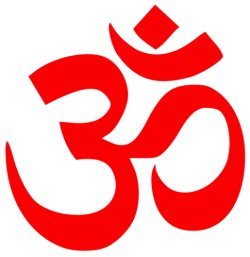



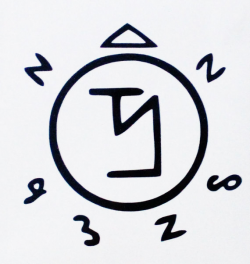
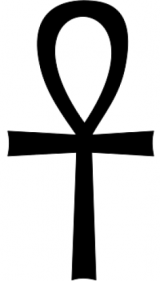
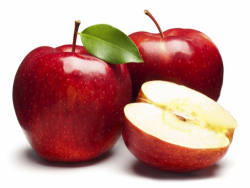
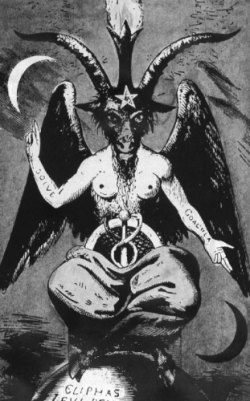
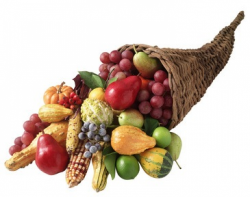



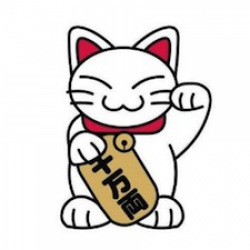
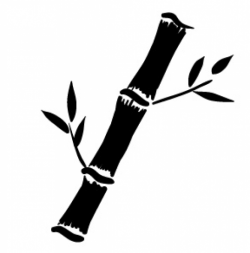
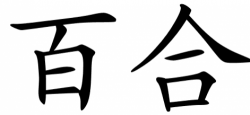
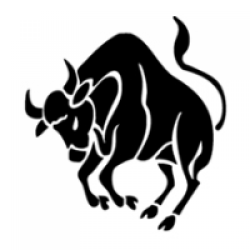
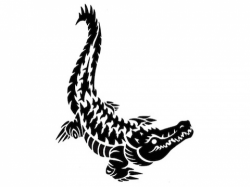
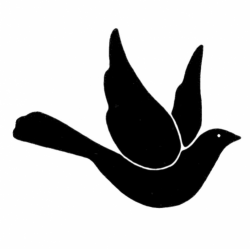
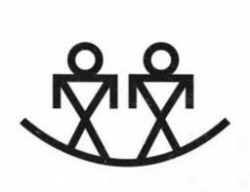
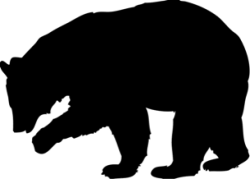


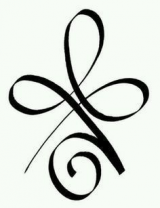




Have a discussion about Boar with the community:
Report Comment
We're doing our best to make sure our content is useful, accurate and safe.
If by any chance you spot an inappropriate comment while navigating through our website please use this form to let us know, and we'll take care of it shortly.
Attachment
You need to be logged in to favorite.
Log In